Do you have a question about this product?
Ask us your question
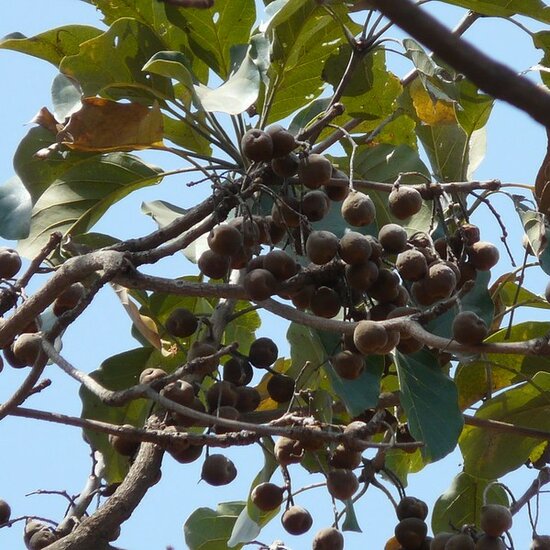

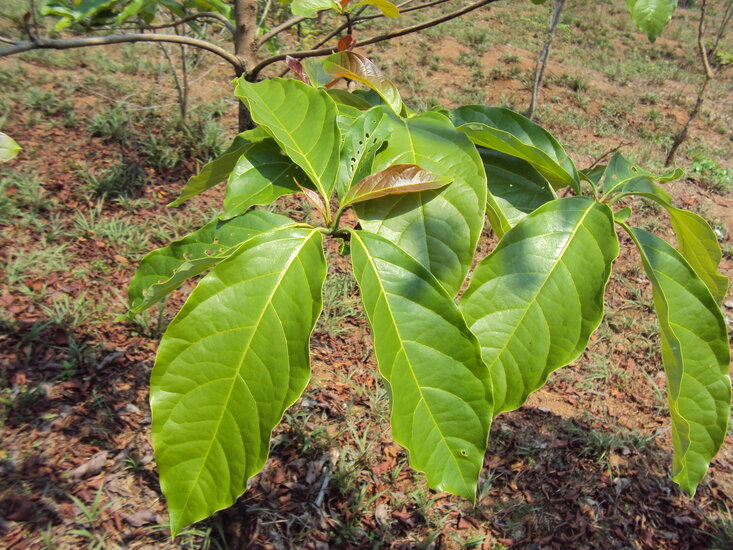
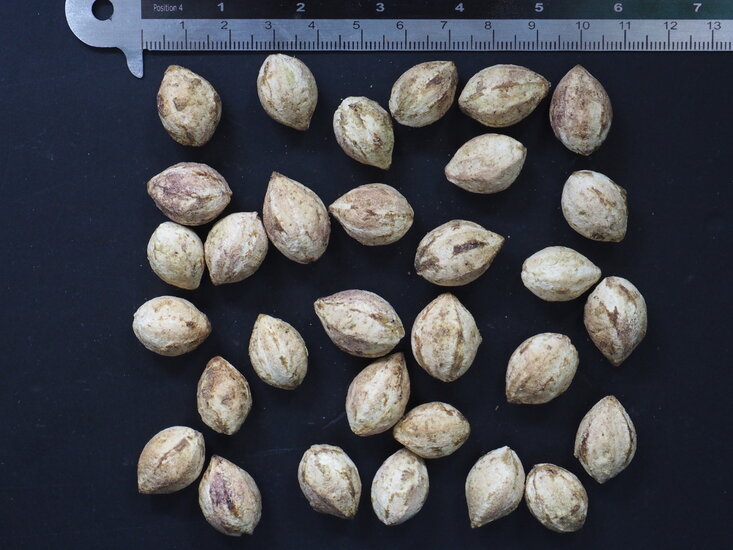
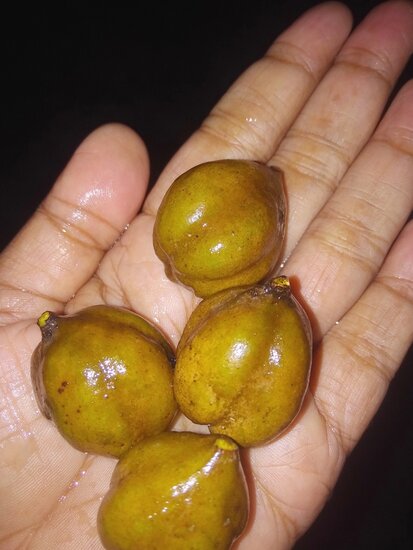

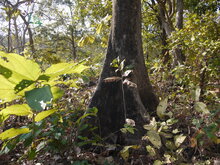



Product description
The fruits of this tree play an important role in the traditional medicinal practice, Ayurveda, in India. They are part of triphala: a mixture of fruits from 3 different trees that is used to improve digestion. They can be eaten fresh or processed, but they are also offered in dried or powdered form. The seeds are poisonous, but are used to make soap and biodiesel due to their large amount of oil (40%).It is a tropical tree found in southern and southeastern Asia. Usually on slopes in valleys or open forests, allowing it to catch a lot of sunlight. The green and white flowers are small and grow in spikes. They are pollinated by bees in Asia, after which the fruits can be formed. The leaves are quite large, which makes this species a decorative houseplant. Make sure you plant it in a sunny spot and in a well-drained soil.
Sowing description: Soak seeds for 24 hours in water and sow in seedmix at 25-30 deg C. Keep the soil constantly lightly moist. Keep soil constantly slightly moist, after which germination usually follows after 2-5 weeks. However, this can follow as long as the seeds are hard.
Product specification
Family:
Combretaceae
Scientific name:
Terminalia bellirica
Common name:
Baheda / Bibhitaki
Native to:
Southeast Asia
Sowing time:
All year round
Difficulty level:
Intermediate
Minimum temperature:
10 degrees Celsius
Do you have a question about this product?
Ask us your question
Product specification
Family:
Combretaceae
Scientific name:
Terminalia bellirica
Common name:
Baheda / Bibhitaki
Native to:
Southeast Asia
Sowing time:
All year round
Difficulty level:
Intermediate
Minimum temperature:
10 degrees Celsius
Add review
Write a review about this product.
Reviews
View all reviews from our customers below
5,0
on the basis of 1 reviews
Ordered five seeds last spring and can only say I'm completelysatisfied.
All five of them germinated and are still doing and growing well.



